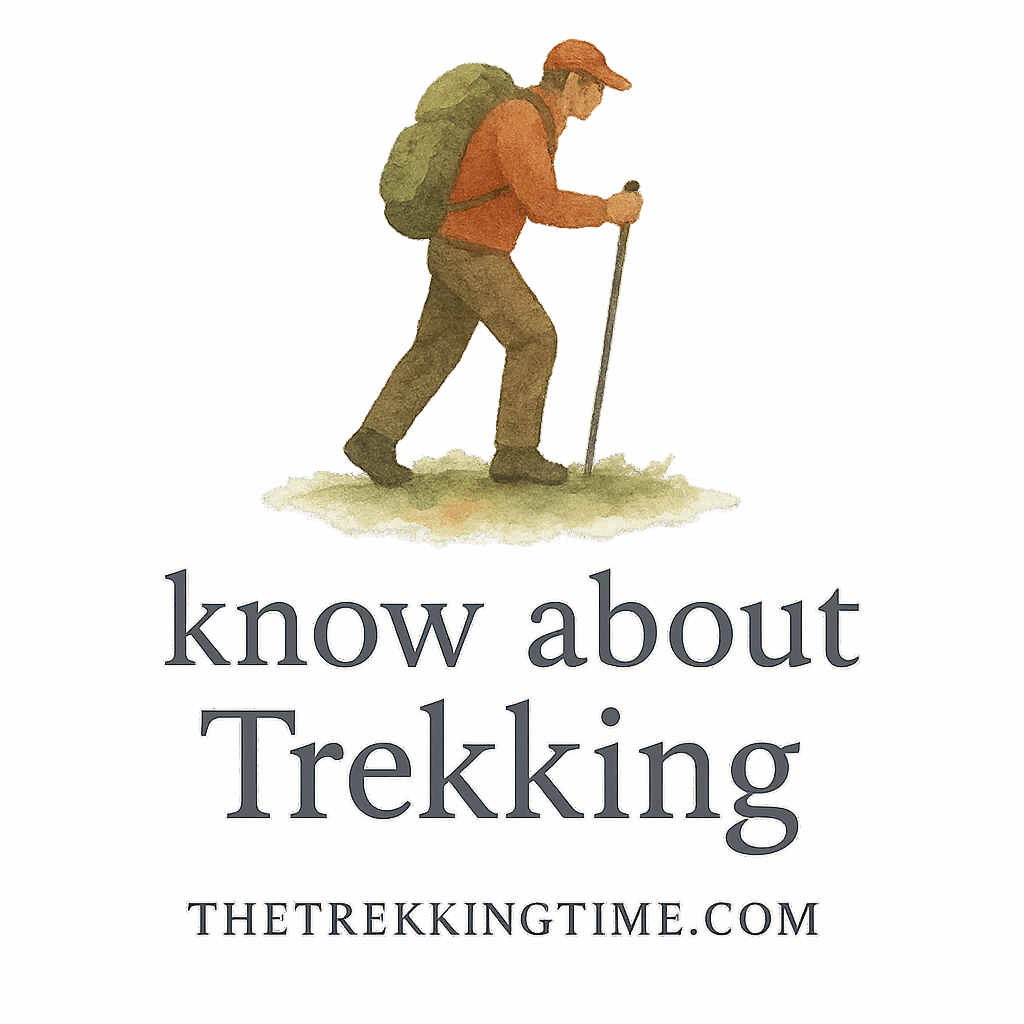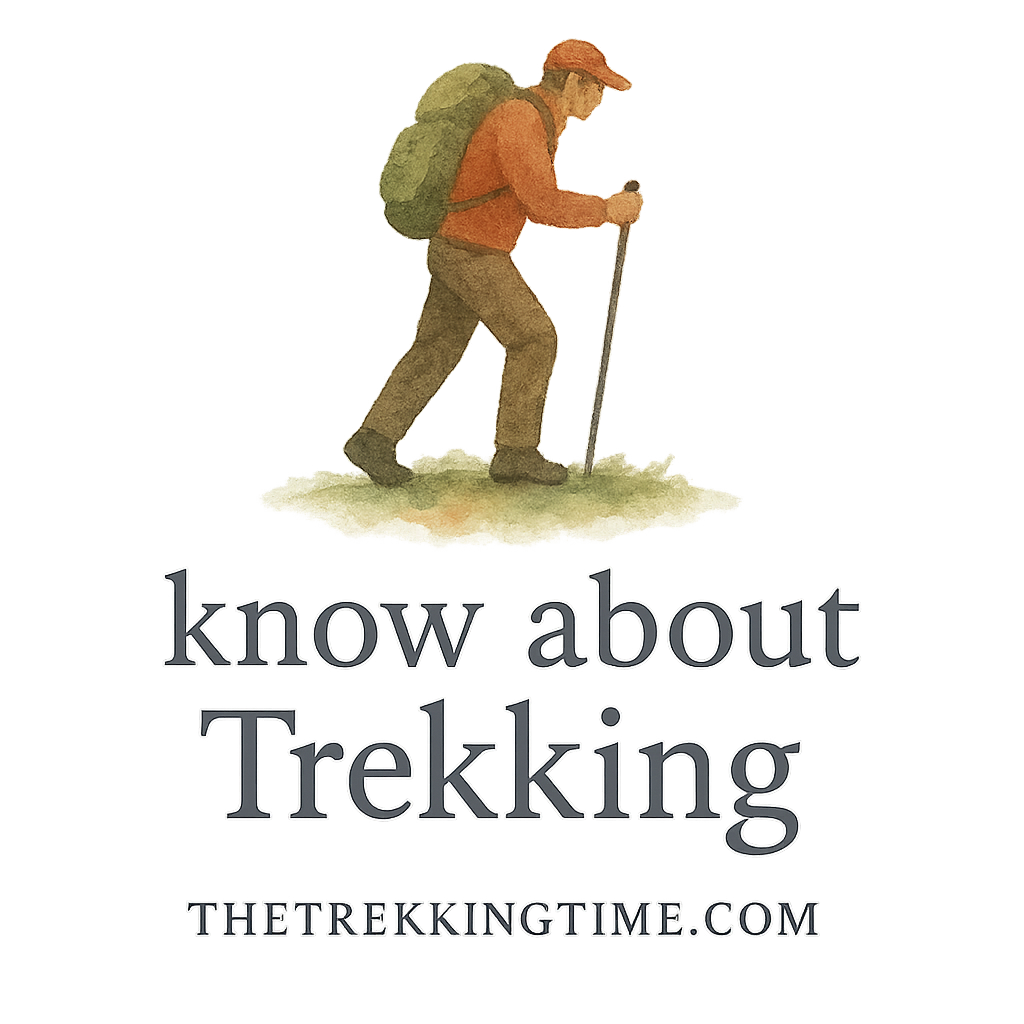Introduction to Trekking in Southeast Asia
Ready to ditch the routine and chase trails instead? Southeast Asia is a trekker’s playground packed with rainforests, volcanoes, mountains, and rice terraces. From beginner-friendly hikes to grueling summit climbs, there’s a trail for every wanderer.
In this article, we’ll uncover the 10 best trekking trails in Southeast Asia you must try, each filled with adventure, cultural encounters, and jaw-dropping views. We’ll also share essential trekking tips and link to in-depth guides to help you prepare like a pro.
Psst! Before diving in, check out Trekking Basics to gear up your knowledge.
Why Southeast Asia is a Trekking Paradise
Diverse Landscapes and Cultures
Where else can you hike through terraced rice fields in Vietnam, summit volcanoes in Indonesia, or explore ancient jungles in Malaysia? Trekking here is as much about the people and culture as it is about nature.
Ideal Weather for Adventure
Thanks to its tropical climate, trekking in Southeast Asia is a year-round option. Just be mindful of rainy seasons and local weather patterns—Trekking Safety Tips has your back on that.
1. Mount Rinjani – Indonesia
A Volcanic Giant in Lombok
Standing tall at 3,726 meters, Mount Rinjani offers one of the most exhilarating treks in the region. It’s not just a physical climb but a spiritual experience.
What to Expect
You’ll hike through dense forests, traverse rocky ridges, and witness a stunning crater lake—Segara Anak. The sunrise view from the summit? Absolutely unforgettable.
Fitness and Preparation
This one isn’t for the faint-hearted. Prepare with the right gear from our Trekking Gear & Packing Guide and check the Trekking Fitness Prep tips to get in shape.
2. Sapa Valley – Vietnam
Terraced Beauty and Ethnic Villages
Sapa’s undulating rice terraces and ethnic Hmong villages make this trek a cultural gem. It’s perfect for beginner to intermediate trekkers.
Trail Details and Tips
Multi-day guided treks are popular here. You’ll sleep in homestays, enjoy local meals, and experience life in the highlands firsthand. For more regional picks, check Trekking Destinations.
3. Mount Kinabalu – Malaysia
Borneo’s Tallest Challenge
At 4,095 meters, Mount Kinabalu is the highest point in Southeast Asia outside of Papua. The climb is intense but doesn’t require technical gear.
Permits and Safety
You’ll need a permit and certified guide. Check out Trekking Safety to understand altitude sickness risks.

4. Kalaw to Inle Lake – Myanmar
A Cultural Trek Through the Hills
This gentle multi-day trek takes you from the peaceful town of Kalaw to the serene Inle Lake, through villages, farms, and Buddhist monasteries.
What Makes It Unique
It’s not about dramatic climbs—this trek is about connecting with locals and enjoying Myanmar’s slower pace. Definitely one for your “unwind and explore” list.
5. Cardamom Mountains – Cambodia
Remote and Raw Adventure
Cambodia’s Cardamom Mountains are one of the last untouched rainforests in the region. Think river crossings, jungle trails, and rare wildlife.
Planning and Gear
Due to its remoteness, pack extra water, a machete (yes, really), and hire an experienced local guide. Our Packing Guide can help.
6. Taman Negara – Malaysia
Deep Into the Rainforest
Taman Negara is over 130 million years old, offering canopy walks, river treks, and night jungle explorations.
Safety and Survival
With dense rainforest comes leeches, humidity, and wild animals. Brush up on Jungle Trekking Safety Tips before you go.
7. Doi Inthanon – Thailand
Trekking the Roof of Thailand
At 2,565 meters, Doi Inthanon is the highest peak in Thailand. It features waterfalls, cloud forests, and the famous twin pagodas.
Best Times to Visit
Visit during the dry season (November to February) for the best views and trail conditions.
8. Fansipan – Vietnam
The “Roof of Indochina”
This 3,143-meter giant is no walk in the park. It’s the highest peak in Vietnam and offers several trail options, from cable-car-assisted hikes to hardcore multi-day treks.
Trekking Difficulty and Tips
Not beginner-friendly. Get your fitness level up using Trekking Fitness Prep before tackling Fansipan.
9. Mount Apo – Philippines
Climbing the Country’s Tallest Peak
At 2,954 meters, Mount Apo towers over the southern island of Mindanao. Expect thick jungles, mossy forests, and volcanic terrain.
Required Preparation
It’s a tough climb—bring waterproof gear, and stay updated on volcanic activity. And yes, the views are totally worth it.
10. Batur Caldera – Indonesia
Sunrise Views and Volcanic Craters
Mount Batur in Bali is ideal for those looking for a short, rewarding trek. The sunrise from the summit is legendary.
Trail Overview
You can start the climb at 3–4 a.m. to reach the top before sunrise. It’s relatively easy and suitable for beginners.
Essential Trekking Tips for Southeast Asia
Safety, Fitness & Gear
- Hydrate more than you think you need.
- Respect local customs – read up on Trekking Etiquette.
- Know your limits – pushing too hard can lead to injury.
- Always bring a first-aid kit.
- Hire a local guide when trekking off the beaten path.
Check our complete Trekking Basics for more tips, and explore Trekking Wellness benefits beyond just fitness.
Conclusion
Southeast Asia is bursting with trekking opportunities that offer more than just a physical challenge—they’re gateways into nature, culture, and self-discovery. Whether you’re summiting Mount Rinjani or soaking in the calm of Inle Lake, each trail tells a story.
Before you go, make sure to explore our resources at The Trekking Time to plan, pack, and prepare like a pro. Happy trails!
FAQs
1. What is the best time to go trekking in Southeast Asia?
The dry season (typically November to March) is ideal, though this varies by country.
2. Are permits required for all treks?
Not all, but popular peaks like Mount Kinabalu and Mount Rinjani do require permits.
3. How fit do I need to be for these trails?
Fitness levels vary. Beginners can try Sapa or Batur, while peaks like Fansipan or Rinjani need solid prep.
4. Can I trek solo in Southeast Asia?
Yes, but for remote or difficult routes, a local guide is highly recommended for safety.
5. What gear is essential?
Hiking shoes, hydration pack, rain gear, and a first-aid kit. Check our Gear Guide.
6. Are these treks safe for women travelers?
Generally yes, but it’s best to go with a group or a guide, especially on remote trails.
7. How do I train for trekking?
Start with cardio, stair climbs, and weighted hikes. Check our Fitness Prep Guide for more tips.


